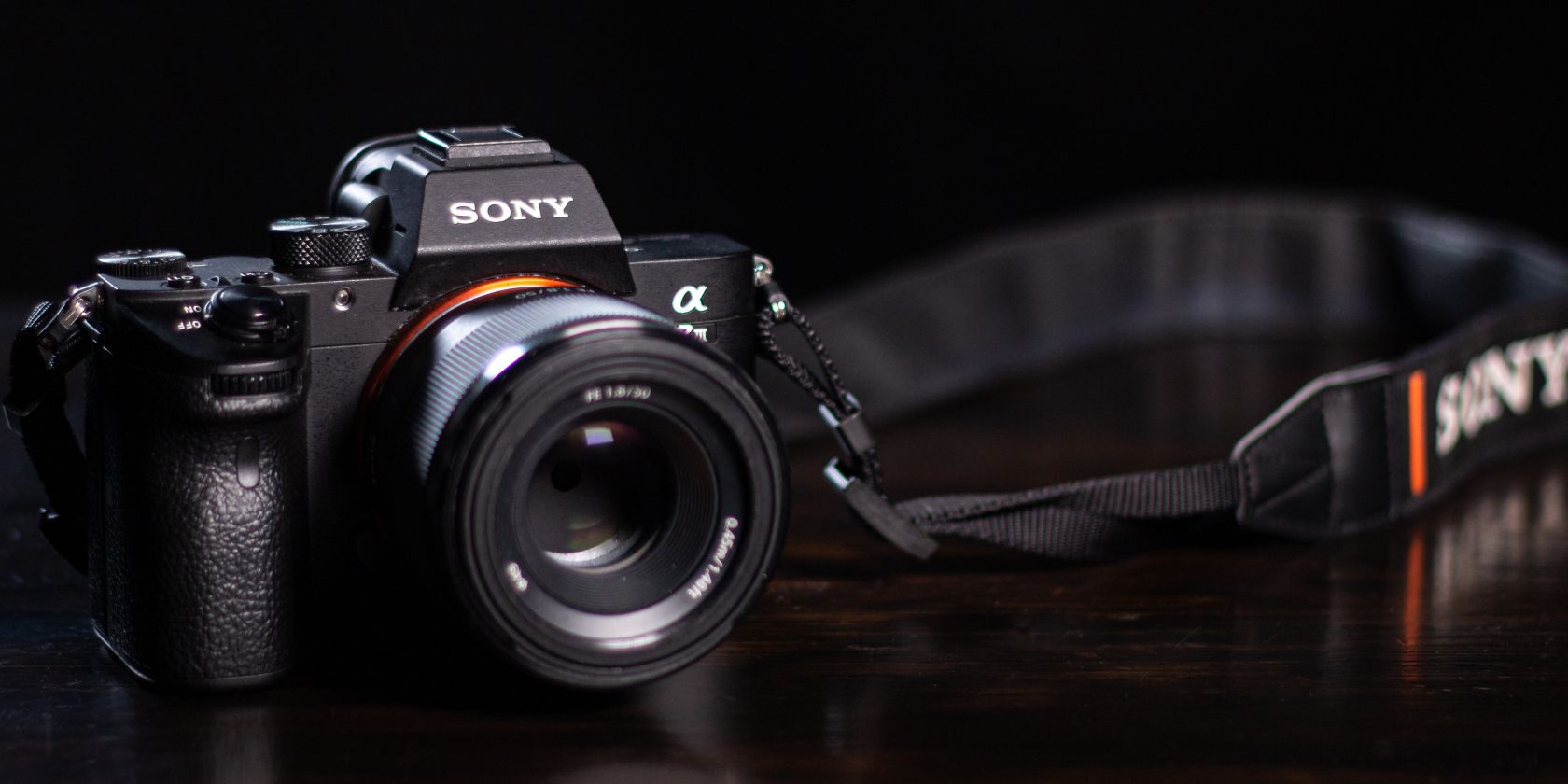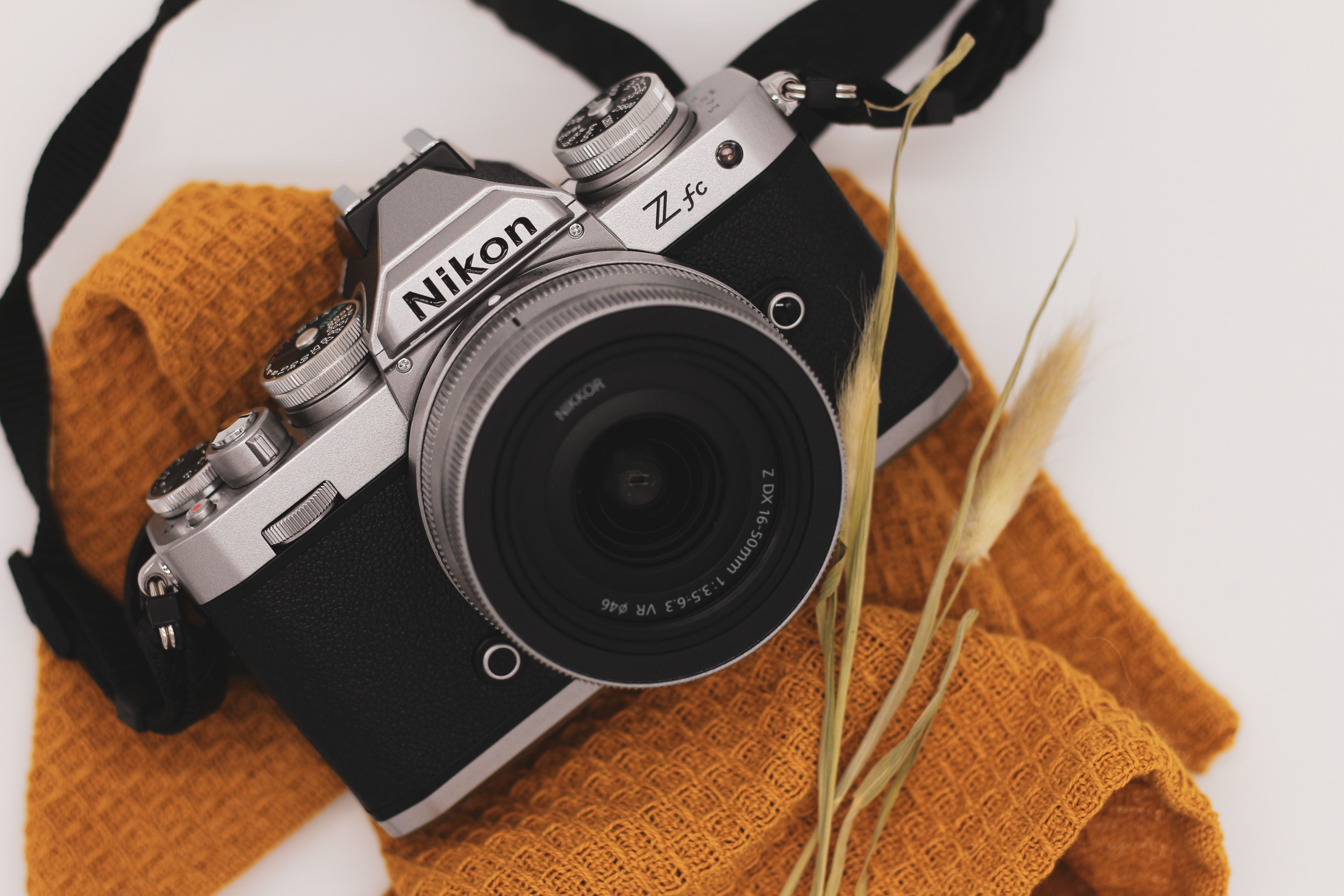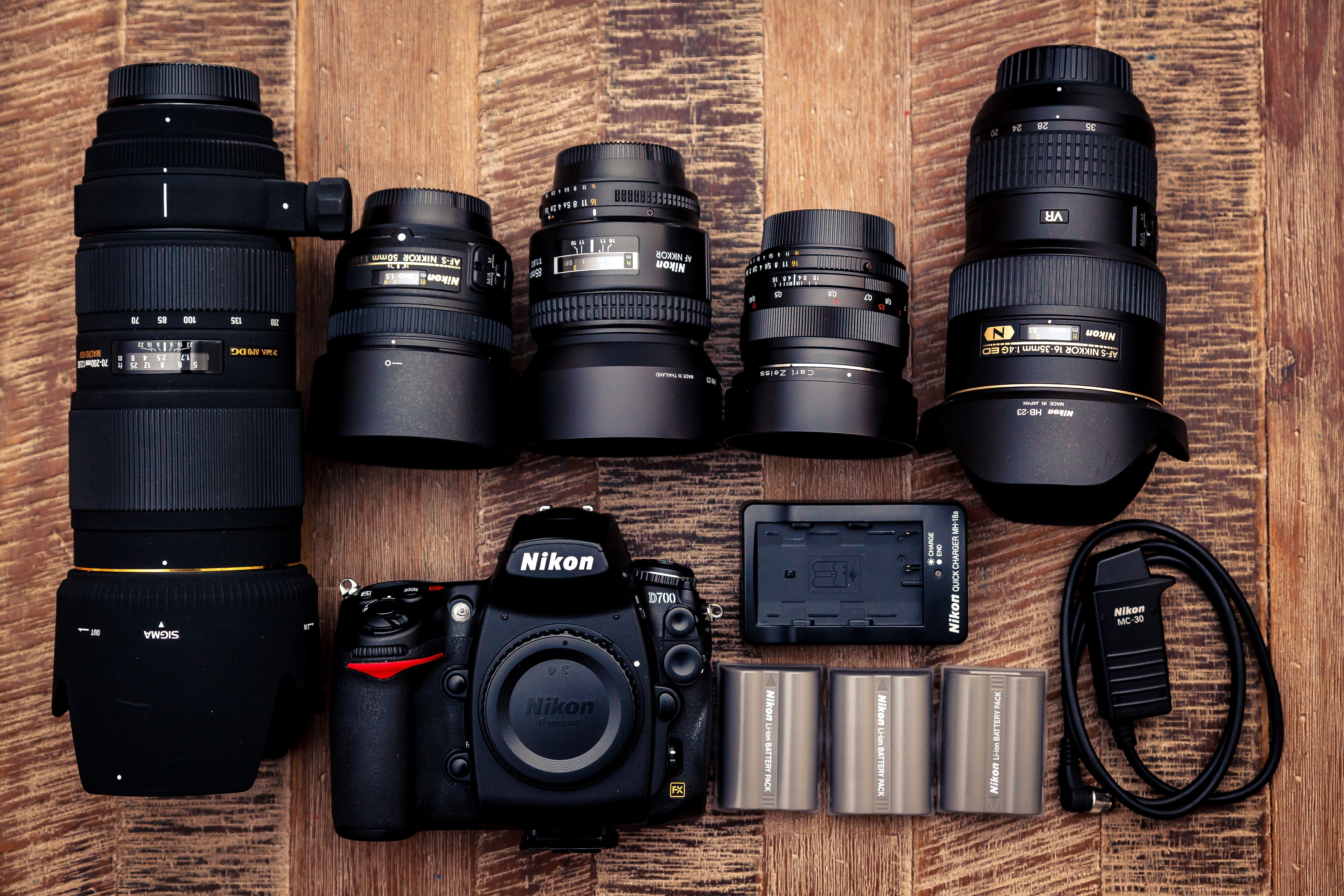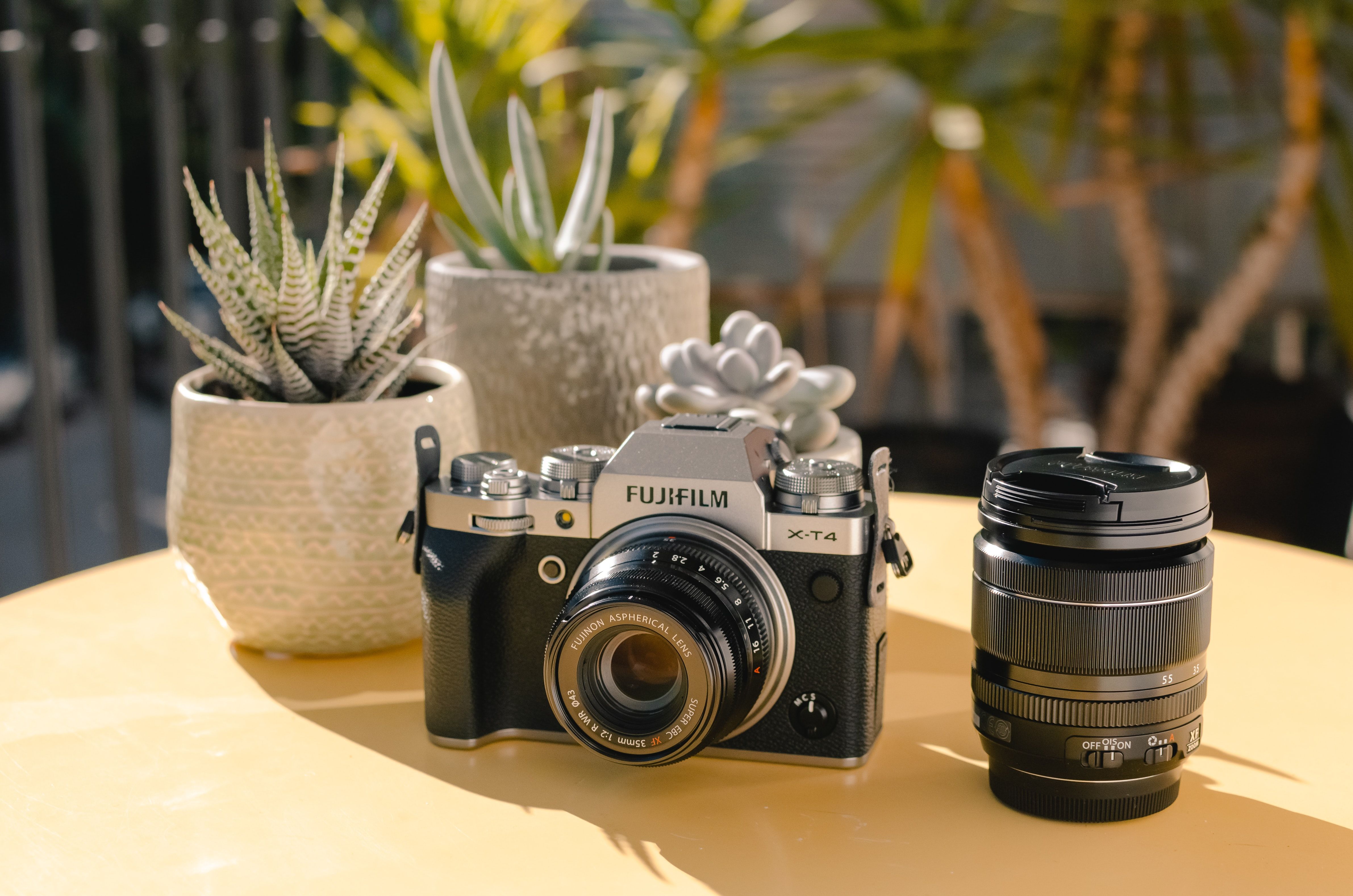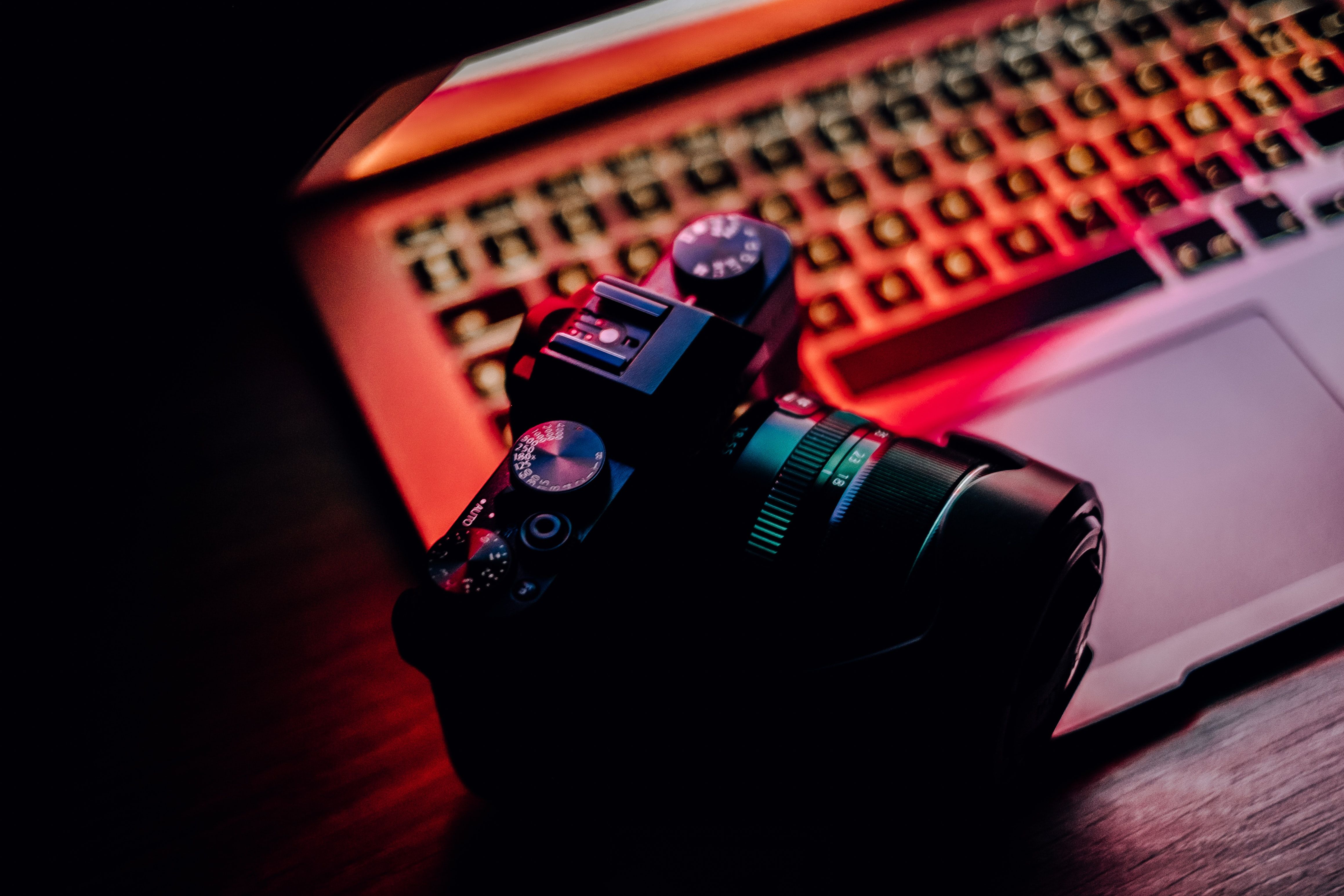If you’re like many beginner photographers, you’ll probably start your journey with a DSLR camera. But at some stage, you might want to upgrade to a mirrorless device. While many of your photo-taking skills will cross over, you’ll still need to keep several things in mind.
To ensure that you don’t have a huge learning curve when you buy your new camera, doing a little research beforehand is a good idea. And if you’re looking for tips to make the transition more seamless, you’re in the right place.
Here is a roundup of things to consider when switching from a DSLR to a mirrorless camera.
1. Size
One of the biggest things you’ll notice almost instantly is the contrast in size between DSLRs and mirrorless cameras. While many DSLRs are relatively bulky, mirrorless cameras are often smaller—and they can, in many cases, resemble point-and-shoot devices in this respect.
Mirrorless cameras are excellent for taking in your carry-on luggage if you’re traveling abroad and planning on taking photos. And in some cases, you can also fit these devices in your pocket with minimal effort.
However, one downside of the size is that you might need a little time to adapt to how you hold the camera. This is especially the case if you have bigger hands.
2. Lenses
When you bought your DSLR camera, you likely received a kit lens with the camera body. But as you became more proficient with your picture-taking, you may have decided to purchase additional lenses. One problem, however, is that these might not be compatible with your mirrorless camera—especially if you’re changing your manufacturer.
You will often receive a kit lens with your mirrorless camera, but you might want something better if you’re already experienced as a photographer. Whether they’re prime or zoom, lenses for mirrorless cameras can get expensive—and it’s worth thinking about this before making the switch.
Getting something versatile for your first lens, like something with a 35mm or 50mm focal length, is a good idea. After that, you can build on your kit. Some lenses also have adapters you can buy, so it’s worth looking to see if that’s possible.
3. Battery Life
Although mirrorless cameras’ battery life is improving over time, you might find that yours isn’t good enough for your personal needs. If you regularly go on long photoshoots, you will especially find that this is a problem. Luckily, you have a couple of solutions.
When you buy your mirrorless camera, you might also want to think about getting extra batteries. If you do, avoiding third-party batteries is a good idea in many circumstances.
You can, of course, also take your charger with you. However, you’ll also need to make sure that you have a power bank or access to a plug socket while you travel.
4. Budgeting
When you switch from a DSLR camera to a mirrorless, you’ll need to consider pricing. Many mirrorless cameras are expensive and are often much pricier than DSLRs—especially if you have an entry-level DSLR.
Before you upgrade your equipment, it’s important to ensure that you can afford it. Ideally, you’ll want to be able to buy it outright—rather than paying back in monthly payments. You can figure out a savings plan that’ll help you reach your goal, and thinking about renting your equipment in the beginning is another good idea.
Consider other things you might need to get, too—such as SD cards. If you’re unable to afford a mirrorless camera, you can use it as motivation to earn more money. You can try freelancing, for example, and numerous other side projects.
5. Insurance
When you buy a mirrorless camera, many manufacturers will offer a warranty that covers several problems. If you purchase your device from a second-hand reseller, you might also have a warranty included. However, considering the value of mirrorless cameras, you should strongly consider getting more comprehensive insurance—especially if you’re a professional.
You can find multiple insurance plans for your camera, and each of these will cover different situations where something might go wrong. It’s worth doing a little research before you commit to an insurance plan for your camera, and you should also factor it into your budget.
6. Weather Sealing
Mirrorless cameras are typically quite resilient, but no camera can survive every condition you subject it to. If you plan to take photos in difficult conditions, such as rainy weather or in a place with cold winters, looking at weather sealing is a wise idea.
Some mirrorless cameras are weather-sealed or weather-resistant, but this isn’t the case for all of them. It’s also worth remembering that there is a difference between weather-sealed and weather-resistant.
Mirrorless cameras capable of withstanding challenging weather conditions are often more expensive. However, the extra cost is worth not needing to replace your device because something happened to it.
7. Selling Your Old Camera
We’ve spoken about budgeting for your switch from DSLR to mirrorless already. However, another way you can save money when getting your new camera is by trading in your old equipment. Doing so is also a great way to get rid of additional clutter that you’re not going to use again.
Selling your old camera lenses and equipment can knock down the price of your new mirrorless device quite significantly, especially if you’ve kept them in good condition. There are plenty of second-hand websites that let you trade in your old equipment, and some high-street stores will let you do the same.
If you take photos for a living, you might want to buy the camera first and trade in your old equipment later. There isn’t a right or wrong way to approach this; whichever works best for you is the wisest choice.
8. The Learning Curve
Regardless of how proficient you are as a photographer, upgrading to a mirrorless camera will still require a learning curve. You’ll need to adjust your settings accordingly, and you may also need to learn about new tips and tricks—such as image stabilization.
If you’re switching your camera manufacturer, the learning curve will likely be bigger than upgrading to a mirrorless device from a company you’re already familiar with. You might still, however, need to adjust things like your image saturation and contrast.
Watching reviews and tutorials is an excellent way to decrease the learning curve.
Make Your Switch From DSLR to Mirrorless More Seamless
Changing from a DSLR to a mirrorless camera is exciting but comes with a fresh set of challenges. And if you want to ensure that your photography journey isn’t disrupted too much, you should prepare for the difficulties you might face.
Understanding the expenses associated with getting a mirrorless camera is a good starting point, and it’s also worth thinking about the types of weather you’ll shoot in. Considering which lenses you want to get is also a smart idea.

